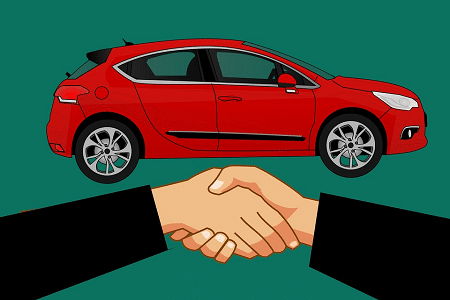
The State of the Nation: Auto report was created to highlight the importance of location data within the automotive industry. It looks at the online and offline behaviours of customers in their journey to purchasing a car.
The results indicate the stark differences between consumer dream cars and the reality of what they purchase.
When asked to rank car brands according to advocacy versus what they own, out of the top five brands chosen 40% of the respondents would recommend luxury cars to others and 60% affordable cars.
However, 100% of these respondents, in fact, own an affordable car. What’s more, results from the study indicate that using location data can help marketers understand, from a customer perspective, which competitor brands are most similar to their own brand, enabling marketers to reach customers early on in their journey to buying a car.
Blis’ State of the Nation: Auto report shows that to understand which competitor brands most closely satisfy their own customers’ needs, marketers need to incorporate both offline and online data when targeting customers. Blis’ real-world intelligence was used to show that customer behaviour in the real, offline world is more in line with what customers are actually willing to spend, whereas online, people tend to be more aspirational.
For example, for people who initially visit Ford dealerships, Blis’ research shows that Mazda – an affordable car brand – is the next most visited car dealership. Compare this with online data, which finds that for people who initially search for Ford cars online, BMW – a luxury car brand – is the next most searched for brand.
This highlights a major difference between online and offline behaviours, and the importance of using location data to understand how customers really act, vs their aspirational online behaviour, and when to target consumers at the right point of the car buying journey.
“At a time when car sharing is on the rise, and new car registrations are dwindling, this report gives vital insights to marketers in the automotive industry,” says Charlie Smith, MD Europe at Blis. “Right now, marketers just don’t know the journey their customers have taken to get to their dealership, so brands are struggling to understand their audience. Blis’ report shows that real-world intelligence can fix this because it measures brand efficiency by looking at footfall data, which brands can then use in conjunction with their sales data to get a better idea of the level of footfall needed to convert into sales. This intelligence will also help marketers plan their marketing campaigns so they can reach customers before their competitors do.”
The report also shows that affordable brands have the highest percentage of customers that like to shop outside of their category, showing they have the least loyal customer base. Of the people who initially visited affordable dealerships in their journey to buying a car, 11.7% also visited luxury dealerships, and 25% visited mid-priced dealerships. After visiting a luxury dealership, a low percentage of people go on to search for affordable brands online. But in reality, a much higher percentage actually visit affordable brand dealerships, with Honda and VW (affordable brands) coming close behind Audi and Volvo (luxury brands) on the list of visited dealerships.
“The offline world is the reality of things – it’s what people are really doing vs what they simply search for online. So, if things look a certain way online, brands can easily be misled into thinking they know what their customers want and who the competition is. But with real-world intelligence provided by Blis, brands are informed of which dealerships people are actually visiting – a huge indicator of which car they really intend to buy. Brands certainly shouldn’t assume that online behaviours reflect what people actually do.” Charlie Smith, MD Europe at Blis.
www.blis.com
